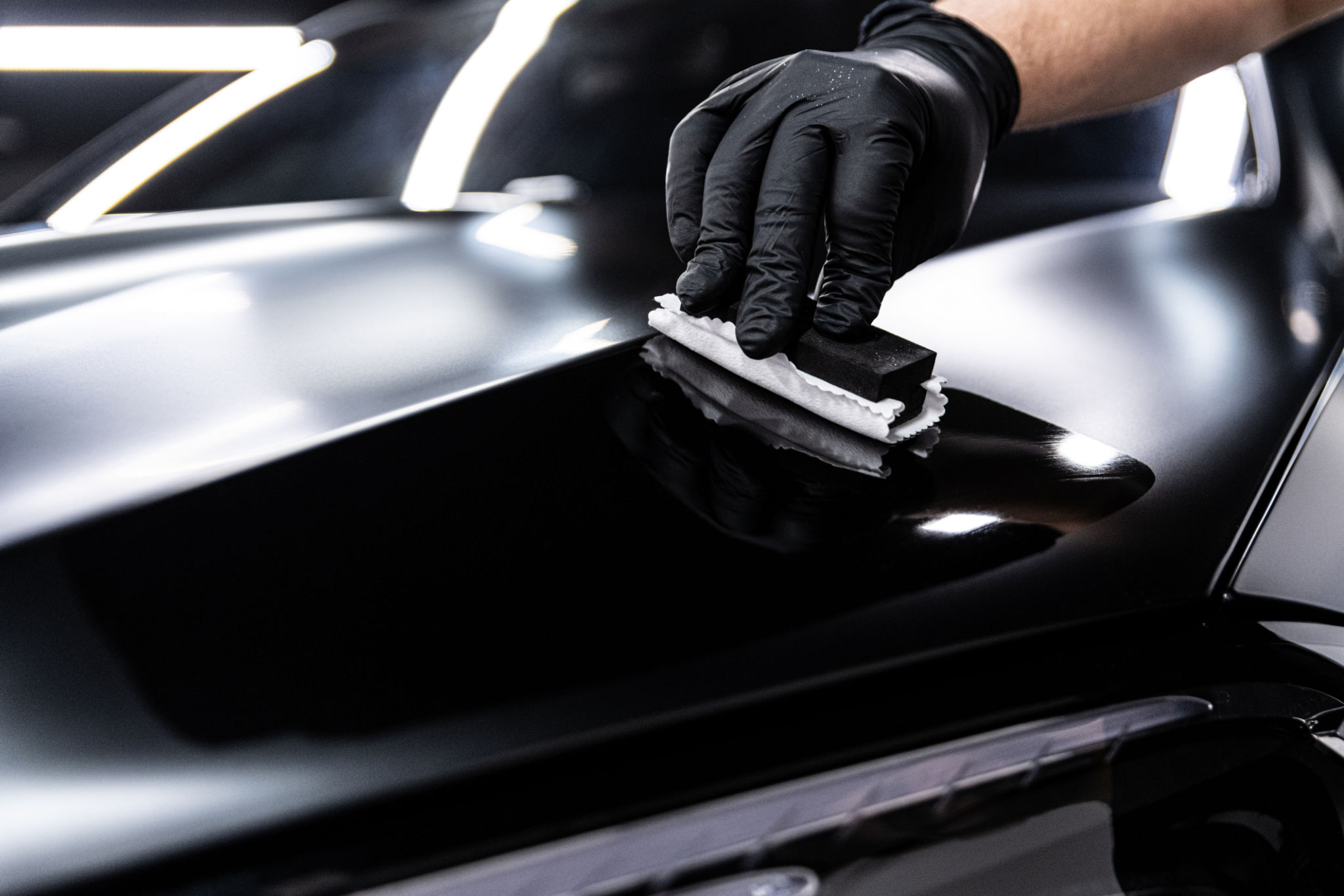Ceramic Coating vs. Wax: Which is Better for Your Car?
Understanding the Basics: Ceramic Coating and Wax
When it comes to maintaining your car's exterior, you might find yourself torn between ceramic coating and wax. Both serve the essential purpose of protecting and enhancing the appearance of your vehicle, but they are distinctly different in their composition and benefits. Understanding these differences can help you make the best choice for your car.
Ceramic coating is a liquid polymer that bonds chemically with the factory paint of your car, creating a layer of protection. On the other hand, car wax is a natural or synthetic product that you apply on top of the paint to provide a protective barrier and shine. Both have their unique advantages and applications.

Durability and Longevity
One of the primary differences between ceramic coating and wax is their durability. Ceramic coating is known for its long-lasting protection, often enduring for several years with proper maintenance. This makes it an excellent choice for car owners looking for a low-maintenance solution. The coating acts as a shield against environmental contaminants, UV rays, and minor scratches.
In contrast, wax typically requires reapplication every few months, depending on environmental conditions and usage. While it can give your car a brilliant shine, its protection is not as robust or long-lasting as ceramic coating. For those who enjoy regular detailing or changing their car's appearance frequently, wax may be more appealing.

Application Process
The application process is another factor to consider when deciding between ceramic coating and wax. Applying ceramic coating is more complex and time-consuming, often requiring professional expertise to ensure the best results. The process involves meticulous surface preparation to ensure a perfect bond with the paint.
Wax application, by contrast, is relatively simple and can be done at home with minimal tools. It's a great option for DIY enthusiasts who take pleasure in maintaining their vehicles themselves. However, achieving a streak-free finish can take some practice and patience.

Cost Considerations
The cost of ceramic coating versus wax can also influence your decision. Ceramic coatings are generally more expensive upfront due to the materials and professional labor involved. However, their longevity often translates to cost savings over time, as you won't need frequent reapplications.
Wax is less expensive initially, making it an accessible option for many car owners. However, the need for regular reapplication can add up over time, especially if you're paying for professional detailing services.
Environmental and Aesthetic Impact
Both ceramic coating and wax contribute to the aesthetic appeal of your vehicle, but in different ways. Ceramic coatings provide a glossy finish that enhances the depth and clarity of your car's paint, giving it a showroom-like appearance. Additionally, they offer resistance to water spots and chemical stains.
Wax, while also enhancing shine, provides a warm glow that many car enthusiasts appreciate. It acts as a sacrificial layer that absorbs minor abrasions and contaminants. If you're environmentally conscious, consider that many waxes are made from natural ingredients like carnauba, whereas some ceramic coatings contain synthetic polymers.

Making the Right Choice for Your Car
Choosing between ceramic coating and wax ultimately depends on your personal preferences, budget, and how you use your vehicle. If you seek long-term protection with minimal maintenance, ceramic coating might be the way to go. For those who enjoy regular upkeep and prefer a more traditional approach to car care, wax could be more suitable.
It's essential to weigh the pros and cons of each option carefully before making a decision. Both ceramic coatings and wax have their place in auto detailing, each offering unique benefits that cater to different needs and lifestyles.
